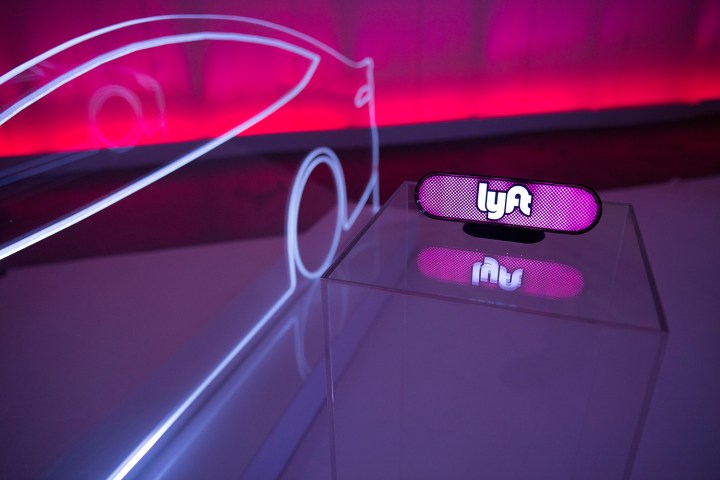
2017 may finally be the year in which those pink mustaches find a way to edge ahead. On Wednesday, Jaime Raczka, the head of Lyft’s early-stage markets and expansion told Business Insider that the company has ambitious plans to launch in 100 more U.S. cities by the end of 2017. That’ll bring the total number of cities serviced by the ridesharing company to 300.
Lyft is getting a head start on this progress, with the wheels already in motion to debut in 40 new cities on January 26. That means that Lyft will soon have launched in as many cities in 2017 as it did in the entirety of 2016.
“We dramatically increased our launch pace in the second half of 2016 and are obviously going to continue and accelerate that in 2017,” Raczka told Business Insider.
While Lyft isn’t presently available outside of the U.S., this aggressive expansion plan certainly suggests that international efforts may soon be underway. And the move couldn’t come at a better time for Lyft — its biggest U.S. rival, Uber, has already established a foothold in a number of overseas markets, though local competition has proven fierce.
Currently, Uber is available in 450 cities around the world, while Lyft has a presence in 200 U.S. cities, servicing 177 million people (55 percent of the country). However, by year’s end, the San Francisco-based company hopes this figure will grow to 231 million people, or around 72 percent of the American population.
“Right now we are really focused on getting a broad footprint in the U.S.,” Raczka added. “We have a lot of great growth leverage, and we are going to ride that momentum and bring our service to communities across Americas and make sure we are serving people here.”
The full list of cities and regions where Lyft will launch on January 26 is as follows: Redding, San Luis Obispo, Victorville, El Centro, Merced, Yuba City, Chico, all in California; Clarksville and Johnson City in Tennessee; Dover, Delaware; Erie, Altoona, Williamsport, and Johnstown, all in Pennsylvania; Roanoke, Harrisonburg, Blacksburg, and Lynchburg, all in Virginia; Baton Rouge, Louisiana; Lake Havasu City and Yuma in Arizona; Las Cruces and Gallup in New Mexico; St. George, Utah; Fayetteville, Salisbury, the Outer Banks, and Jacksonville, all in North Carolina; Columbia, Greenville, Spartanburg, and Myrtle Beach, all in South Carolina; Springfield, Missouri; Fort Wayne and South Bend in Indiana; Wichita, Kansas; Manchester, New Hampshire; Bowling Green, Kentucky; Logan, Utah; and Idaho Falls, Idaho.
The remaining 60 will be announced in the coming months.
Editors' Recommendations
- Android 15 might add a new way to charge your gadgets
- Your Oura Ring is about to get 3 powerful new health features
- AMD may soon launch a new GPU, but it’s probably not the one you think
- This new AMD feature can boost your games with one click
- OnePlus wants your help to plant thousands of new trees

